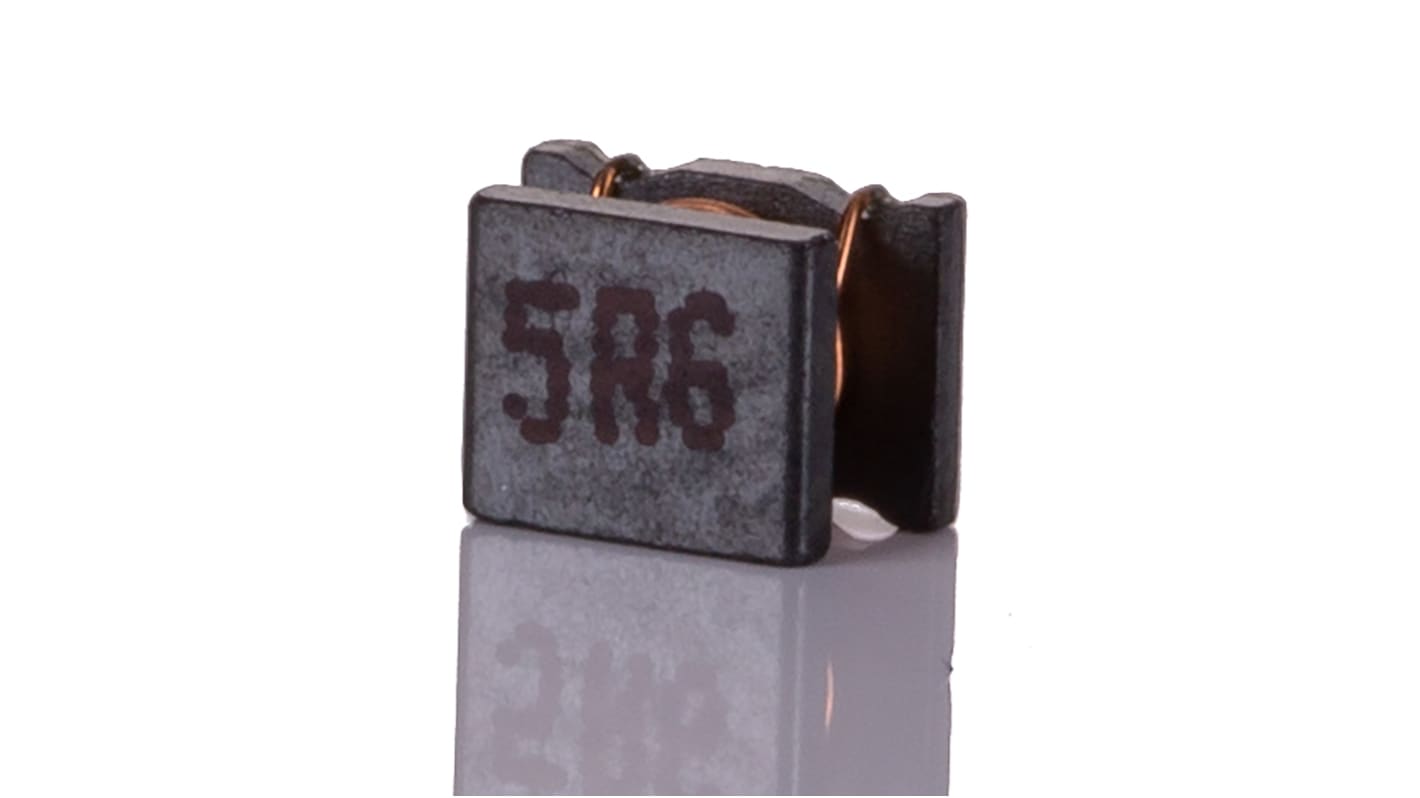Recom Power Line Filter, for use with RECOM Power Supply, RLS Series
- RS Stock No.:
- 185-5868
- Mfr. Part No.:
- RLS-567
- Brand:
- Recom

Bulk discount available
Subtotal (1 unit)*
£0.80
(exc. VAT)
£0.96
(inc. VAT)
FREE delivery for orders over £50.00
In Stock
- Plus 13 unit(s) shipping from 24 November 2025
- Plus 18 unit(s) shipping from 24 November 2025
- Plus 18 unit(s) shipping from 01 December 2025
Need more? Click ‘Check delivery dates’ to find extra stock and lead times.
Units | Per unit |
|---|---|
| 1 - 4 | £0.80 |
| 5 - 9 | £0.78 |
| 10 - 24 | £0.76 |
| 25 - 49 | £0.74 |
| 50 + | £0.71 |
*price indicative
- RS Stock No.:
- 185-5868
- Mfr. Part No.:
- RLS-567
- Brand:
- Recom
Specifications
Technical Reference
Legislation and Compliance
Product Details
Find similar products by selecting one or more attributes.
Select all | Attribute | Value |
|---|---|---|
| Brand | Recom | |
| Accessory Type | Line Inductor | |
| For Use With | RECOM Power Supply | |
| Series | RLS | |
| Standards Met | RoHS | |
| Input Current Range | 1.18A | |
| Mounting Style | Surface Mount | |
| Select all | ||
|---|---|---|
Brand Recom | ||
Accessory Type Line Inductor | ||
For Use With RECOM Power Supply | ||
Series RLS | ||
Standards Met RoHS | ||
Input Current Range 1.18A | ||
Mounting Style Surface Mount | ||
- COO (Country of Origin):
- TW
RECOM Power Line Filter, 1.18A Input Current, 100kHz/100mV Inductance - RLS Series - RLS-567
Install this RECOM power line filter with your power supplies to reduce ripple and output noise. It's a simple solution to lower pitches in sensitive systems. By limiting current waves, it curbs heat build-up and extends the service life of attached equipment. The line inductor lowers radiation and susceptibility levels to prevent electromagnetic interference that disrupts input and output signals. Surface-mounting capability allows close packing of units, to maximise space in your setup.
Features & Benefits
• Wide operating temperature range, with derating, between -40°C and +125°C for use in tough conditions
• Reel-type line lets you cut the desired lengths for your systems
• Reel-type line lets you cut the desired lengths for your systems
Applications
• Desktop and mobile computers
• Automotive industry
• Aerospace applications
• Medical equipment
• Automotive industry
• Aerospace applications
• Medical equipment
Where do I mount a power line filter?
You normally mount a power line filter where the AC or DC power line enters the housing to effectively prevent electromagnetic field coupling.
How do I choose the right power line filter?
When choosing a power line filter, match its current rating to that of your application. You should also consider environmental conditions and the required operating temperature range.
Related links
- Recom Power Line Filter RLS Series
- Recom Power Supply, R-REF01 Series
- Recom Power Supply Accessory RSP-168 Series
- RECOM Power Supply Accessories
- Recom Power Supply RSP20 Series
- Recom Adapter RAC01-GB AC/DC Converter RAC02-GB
- WAGO Power Line Filter, 750 Series
- TDK-Lambda Power Line Filter, for use with Power Supply
